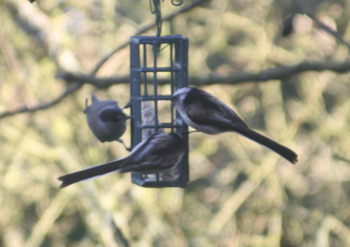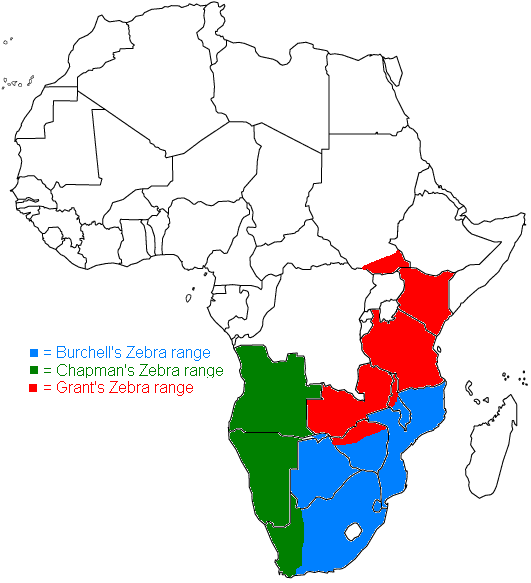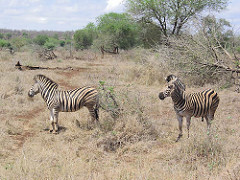Tanzania Diary – Day 1 & 2
During the half-term break me and mum went on safari to Tanzania and had a great time and saw many amazing things. The Adventure Company organised the trip although our guides were from Tropical Trails. I am going to write a day by day diary of our trip starting with day 1 & 2 together as they were spent travelling. Some of the photos that mum took will soon be added to the photo library.
Day 1 & 2 – May 26th & 27th
We drove to Heathrow Airport and met Dad who had got there on the bus because he was working in London. He drove the car home with Clara so that we wouldn’t have to pay to park our car for a week. Then me and mum checked in and waited for our flight to Adis Ababa that left at 9.50PM. We met the other families before we got on the plane.
The plane was delayed for a bit and the journey wasn’t very good as the food was bad and there wasn’t much to do. Luckily for me I’d already had a pizza that I had made at school that afternoon. We arrived in Adis Ababa early in the morning ready to catch our flight to Kilimanjaro Airport that was due to leave at 10.10AM Ethiopian time (2 hours ahead of the UK).
Whilst we were waiting for the plane we had fantastic views of a pair of Black Kites as well as lots of Little Swifts, Common Swifts, Red-rumped Swallows, Pied Crows and several Common Buzzards. I also saw a Common Fiscal which is a type of Shrike (Butcherbird). Rather annoyingly at about 10.15AM we were told that our flight had been delayed until 12.15PM, but we got free cake as a result, so I didn’t mind much! Finally we got on the plane although the plane didn’t actually leave until about 1.30PM The journey took about 2 hours and we had great views of Mt. Kilimanjaro from the plane.
When we arrived at Kilimanjaro Airport I saw a Grey Kestrel as well as Little Swifts, Common Swifts, Red-rumped Swallows and several more Common Fiscals. Also a Grey Heron was in the long grass on the side of the runway. Around the airport there were a lot of Superb Starlings, spectaculer birds with many colours although these turned out to be very common. We then were driven to our hotel in Arusha, the Ilboru Safari Lodge.
On the way there we saw the usual Swallows, Swifts and Fiscals as well as lots of Superb Starlings and 2 Grey Kestrels.
When we got to the hotel we had a swim in the very cold pool! Whilst swimming 3 Glossy Ibis were flying around overhead making a racket. In our room we found a lizard that we called GordonBob. Then we had dinner which gave us a chance to get to know the other families. For dinner we had soup for starters and chicken and chips for main course. Mum had a vegetarian meal although I can’t remember what she had! Then we went to bed although the Ibises were still making a racket so we couldn’t get to sleep for a bit.

 For the last few days we’ve had a blackcap visiting our garden. Here it is sharing the feeder with a couple from our troupe of long-tailed tits.
For the last few days we’ve had a blackcap visiting our garden. Here it is sharing the feeder with a couple from our troupe of long-tailed tits.
